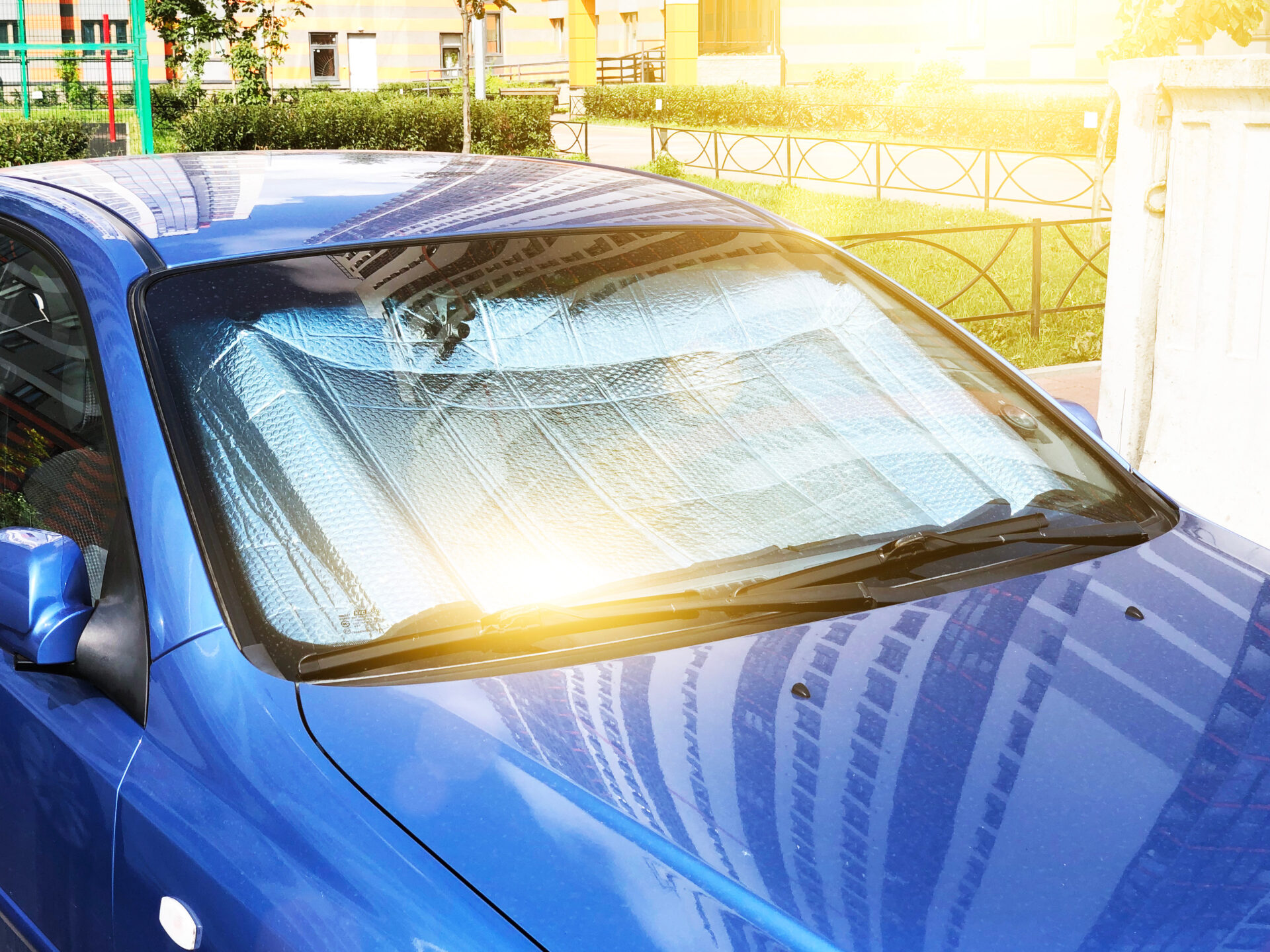How does the heat in summer affect our car?
Heat and high temperatures negatively affect our vehicle, this is an undeniable fact. But how does the sun affect our car? Which pieces suffer more from the increase in temperature? How can we avoid or alleviate the adverse effects of heat on our car?
Today at Turbo3 we explain the keys to keeping your car in good condition despite the high temperatures this summer.
How does the sun affect our car?

As a good driver, you already know that on sunny days parking in a place without shade can become a real hell. Not only because of the temperature reached inside the vehicle, but also because of the wear suffered by certain car parts such as rubber, hoses, upholstery, tires, etc.
The continuous heat in these parts of our vehicle makes them lose their properties and last less time in good condition. This is why we must do maintenance from time to time to extend its useful life and avoid breakage, leaks or premature wear.
In addition, high temperatures make the engine perform less efficiently, the brakes lose effectiveness on the road and fuel consumption increases considerably. This without counting the wear that these suffer when working at a temperature higher than recommended.
Which pieces suffer more from heat or high temperatures?
Now that we have a general idea of how the heat in summer affects our vehicle, we are going to explain the parts that usually suffer the most wear due to the sun:
The motor tends to work worse in high temperature conditions. Why? Because this uses gasoline and air to generate combustion. If the air is hot, it concentrates less oxygen in it and combustion becomes a more complicated and less efficient job. Hence, fuel consumption skyrockets in summer.
The tires are the only parts of the car that are in contact with the asphalt and with direct contact with the sun, the ground can exceed temperatures of up to 70 degrees. This fact makes the tires wear faster and in fewer kilometers. It is important that you regularly check your tires for your safety and that of other drivers.
Brakes are also one of the parts that suffer the most from heat due to the temperature they reach when they are in operation. If you add the temperature of the environment to the temperature reached, the brakes can become deformed, the brake fluid tends to wear out sooner and its performance is considerably reduced, which is why it can become dangerous for your vehicle.
Some tips to combat these adverse effects of heat on the brakes are: anticipation, ecological driving and use the engine brake, that is, reduce gears so that the engine itself acts as a brake.
Finally, we should also highlight the wear suffered by oil-derived parts, such as plastic or rubber parts. These tend to lose their properties such as elasticity or resistance and can trigger a breakdown if you fail to realize it in time.
Also in important parts such as the timing belt, hoses, wipers and upholstery you can prevent the heat from damaging them. How? Using products such as hydrators for plastics or simply protecting your vehicle from the sun as much as possible.
Tips to combat the negative effects of heat in our car
- Try to park your vehicle in the garage, if you can’t, let it be in a shady place.
- Use a sun visor or tint the windows of your vehicle.
- Moisturize plastic and rubber parts with specialized products.
- Please refrigerate your car before use.
- Be constant and do not neglect its maintenance.
- Avoid driving during the hottest hours of the day.
- Check and adjust your tire pressure often.

If you have found this article interesting on how heat affects our vehicle, you cannot miss the previous one on the evolution of racing car engines.
If you have any questions, contact us! At Turbo 3 we will be happy to help you.












